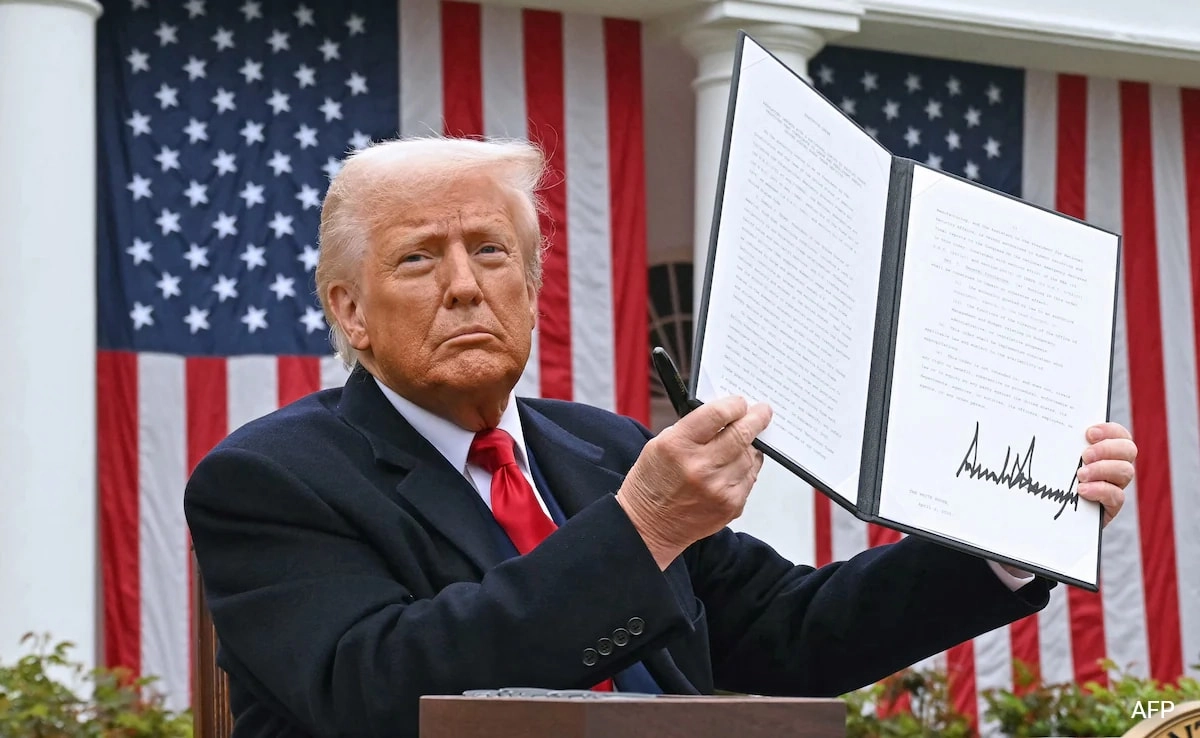Swiss luxury goods are experiencing a significant price surge as a direct consequence of the 39% tariffs imposed by the Trump administration. This dramatic increase in tariffs has created a ripple effect throughout the luxury market, impacting everything from high-end watches to designer handbags. Brands that have long been synonymous with prestige and quality are now grappling with the challenge of maintaining their market share while navigating the complexities of elevated pricing. Consumers are feeling the pinch, as the cost of acquiring these luxury items becomes increasingly prohibitive.
The imposition of such steep tariffs has not only affected the pricing strategies of Swiss luxury brands but has also altered consumer behavior. Shoppers are now more selective in their purchases, often opting to delay acquisitions or seek alternatives that offer similar quality without the inflated price tag. This shift in consumer sentiment could potentially lead to a decline in sales for high-end retailers, prompting them to reconsider their pricing structures and marketing strategies. Brands may be forced to absorb some of the costs or implement promotions to entice buyers, but the long-term implications of these tariffs are likely to reshape the luxury landscape.
Additionally, the tariffs have raised questions about the sustainability of the luxury market in the United States. As Swiss goods become less accessible, there is a growing concern that American consumers might turn to domestic luxury brands or explore international markets where prices remain more favorable. This could result in a shift in the competitive dynamics of the luxury sector, with U.S.-based brands potentially gaining ground at the expense of their Swiss counterparts. The interplay between tariffs, consumer preferences, and brand loyalty is expected to become increasingly complex, as companies strive to adapt to the new economic environment.
Ultimately, the impact of Trump’s 39% tariffs on Swiss luxury goods underscores the broader challenges facing the global economy. As trade policies continue to evolve, the luxury market must navigate the delicate balance between maintaining exclusivity and accessibility. Brands that can effectively respond to these changes while staying true to their heritage and quality will be better positioned to thrive in an ever-changing landscape. The future of luxury, particularly in relation to Swiss goods, is now intricately tied to the shifting tides of international trade and consumer sentiment.




